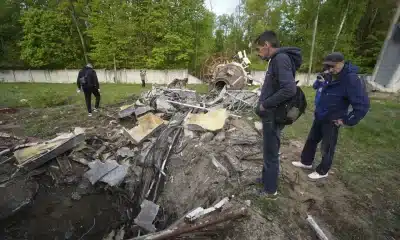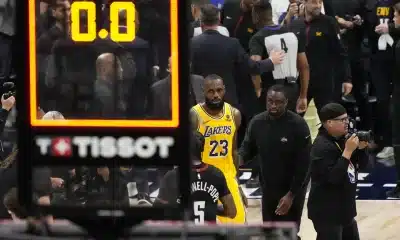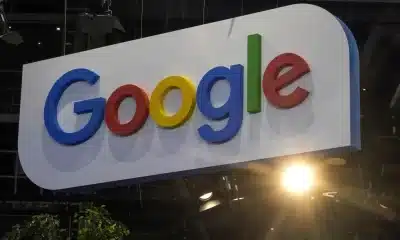
Keep a watch on the skies tonight and tomorrow; you don’t want to miss the full pink moon, not the...















New Delhi – The principal opposition party in India has accused Prime Minister Narendra Modi of employing hate speech by referring to Muslims as “infiltrators,” which...


Kiev, Ukraine — Ukrainian President Volodymyr Zelenskyy said a Russian missile assault that damaged a prominent skyline television tower in Kharkiv was part of the Kremlin’s...


DENVER — LeBron James was upset after the Los Angeles Lakers squandered a good opportunity. His annoyance wasn’t so much over losing a 20-point lead. Or...


The Securities and Exchange Commission (SEC) of the Philippines to deactivate Binance from their app stores. A press release on Tuesday stated that the regulator had...


At least five illegal migrants have died while attempting to cross the English Channel from a region near Wimereux, France, according to local authorities. Police were...


Astrologer Breaks Down How Your Lunar Sign Affects Your Emotional Life


PGA Golfer Scottie Scheffler has won the 2024 RBC Heritage on Monday in Hilton Head Island, South Carolina, with a 19-under 265 score. The world number...


NFL Network has reported the New York Jets will trading quarterback Zach Wilson and a seventh-round draft pick to the Denver Broncos. According to the report,...


TOKYO — Japan’s antitrust authority stated Monday that Google, the US search giant, must rectify its advertising search restrictions that impact Yahoo in Japan. The Japan...


SEOUL, South Korea — North Korea test-fired suspected short-range ballistic missiles into the sea on Monday, according to its neighbors, as anticipation grew that it might...